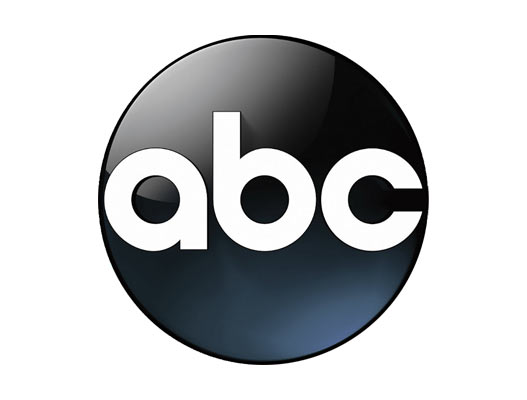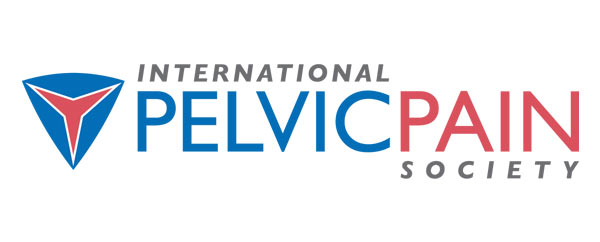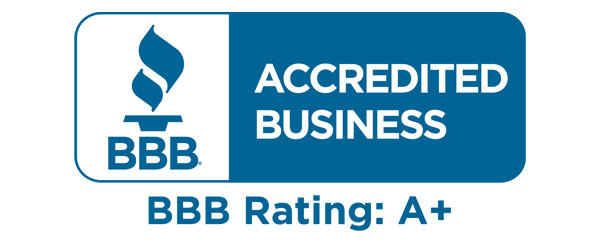When trying to make treatment choices for fallopian tube occlusion, it is crucial to understand the type of blockage. The success of treatment options varies greatly depending on the location of the blockage. Fallopian tubes can be blocked in three places:
- Proximal: Near the uterus
- Medial: In the middle of the tube
- Distal: At the end of the tube, near the fimbria
Fallopian tubes that are blocked proximally have the highest success rate for opening with conventional treatment. Doctors generally recommend a procedure in which a catheter is inserted through the uterus into the fallopian tube. Once there, a balloon can be used to try and open the tube. The success rate for proximally blocked fallopian tubes is high, granting women a window of time to become pregnant.
If the blockage is located medially, it is harder for the doctor to access it. Doctors generally recommend laparoscopic surgery, in which adhesions are cauterized and the tube is cut and then rejoined. Because it is a much more complicated procedure and scar tissue can easily grow and block the tube, success rates are lower for medially blocked fallopian tubes.
Fallopian tubes that are blocked distally are the hardest to treat. Because the blockage is located near the delicate fimbria, a surgeon may not be able to remove adhesions without damaging the fimbria. Furthermore, the area is harder to access and if adhesions re-grow, they can cover the ovary. Doctors generally do not recommend surgery for this type of blockage because of the success rates and instead offer IVF.
Learn more about treating blocked fallopian tubes naturally.
Unlock your fertility potential with Clear Passage Physical Therapy’s Free Consult and Request Info – discover their groundbreaking, non-surgical approach that has successfully opened all three types of fallopian tube blockages, offering hope for natural conception without the risks of traditional surgery. To learn more visit our Apply to Therapy page.
Related Content:
- Blocked Fallopian Tubes
- Blocked Fallopian Tubes After Chlamydia
- Effective Nonsurgical Treatment for Blocked Fallopian Tubes?
- Patient Story: Two Natural Pregnancies After Blocked Fallopian Tubes
- Blocked Fallopian Tubes Naturally
- Study Shows New Therapy Opens Blocked Fallopian Tubes, Returns Fertility Without Surgery
- 7 Myths About Blocked Fallopian Tubes
- Physical Therapists Open Blocked Fallopian Tubes Without Surgery
- You Have Blocked Fallopian Tubes, Do You Need Surgery to Remove Them?
- Patient Story – Blocked Fallopian Tubes
- Opening Blocked Fallopian Tubes
- Opening Blocked Fallopian Tubes – Surgical vs. Natural
- Study Shows Alternative Therapy for Infertility Opens Blocked Fallopian Tubes Without Surgery
- The Three Types of Fallopian Tube Blockages
- VIDEO: Opening Blocked Fallopian Tubes – Naturally





















